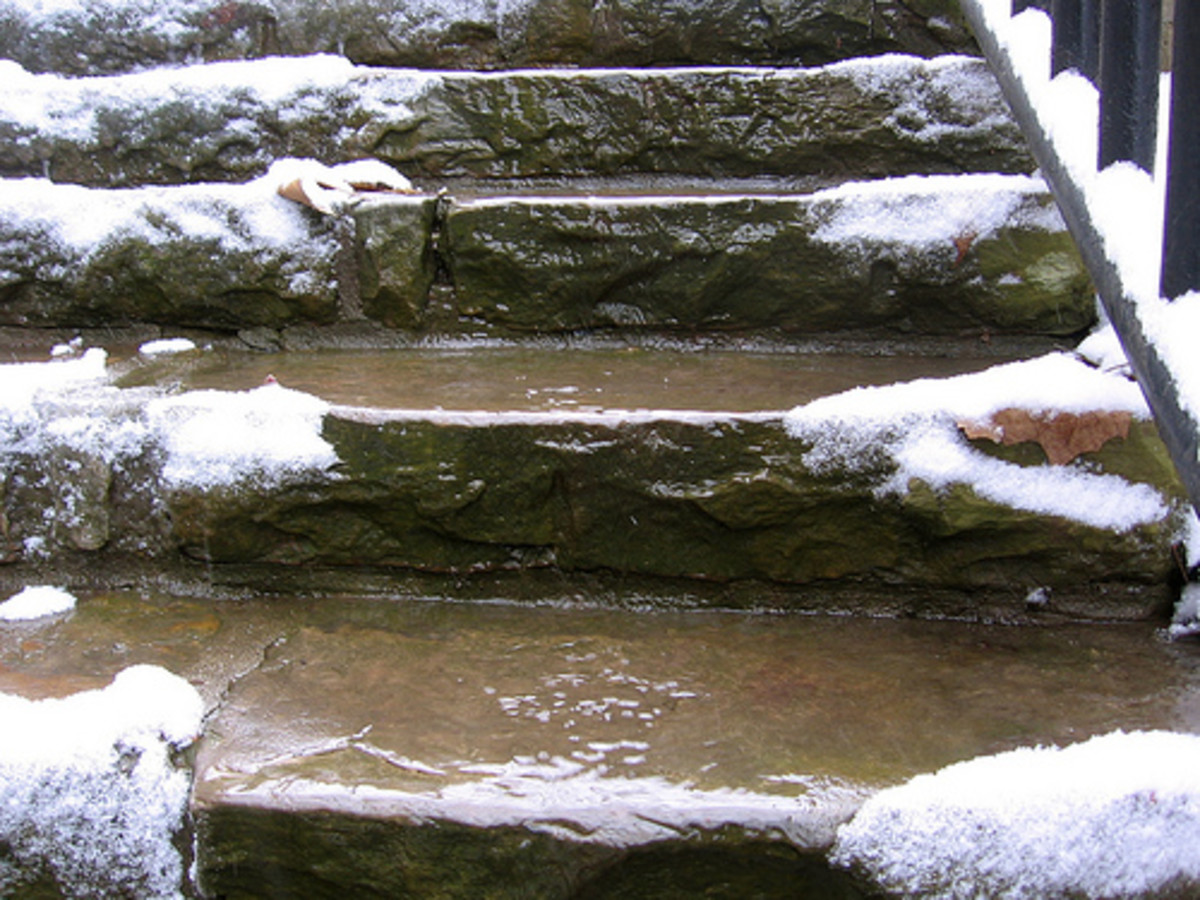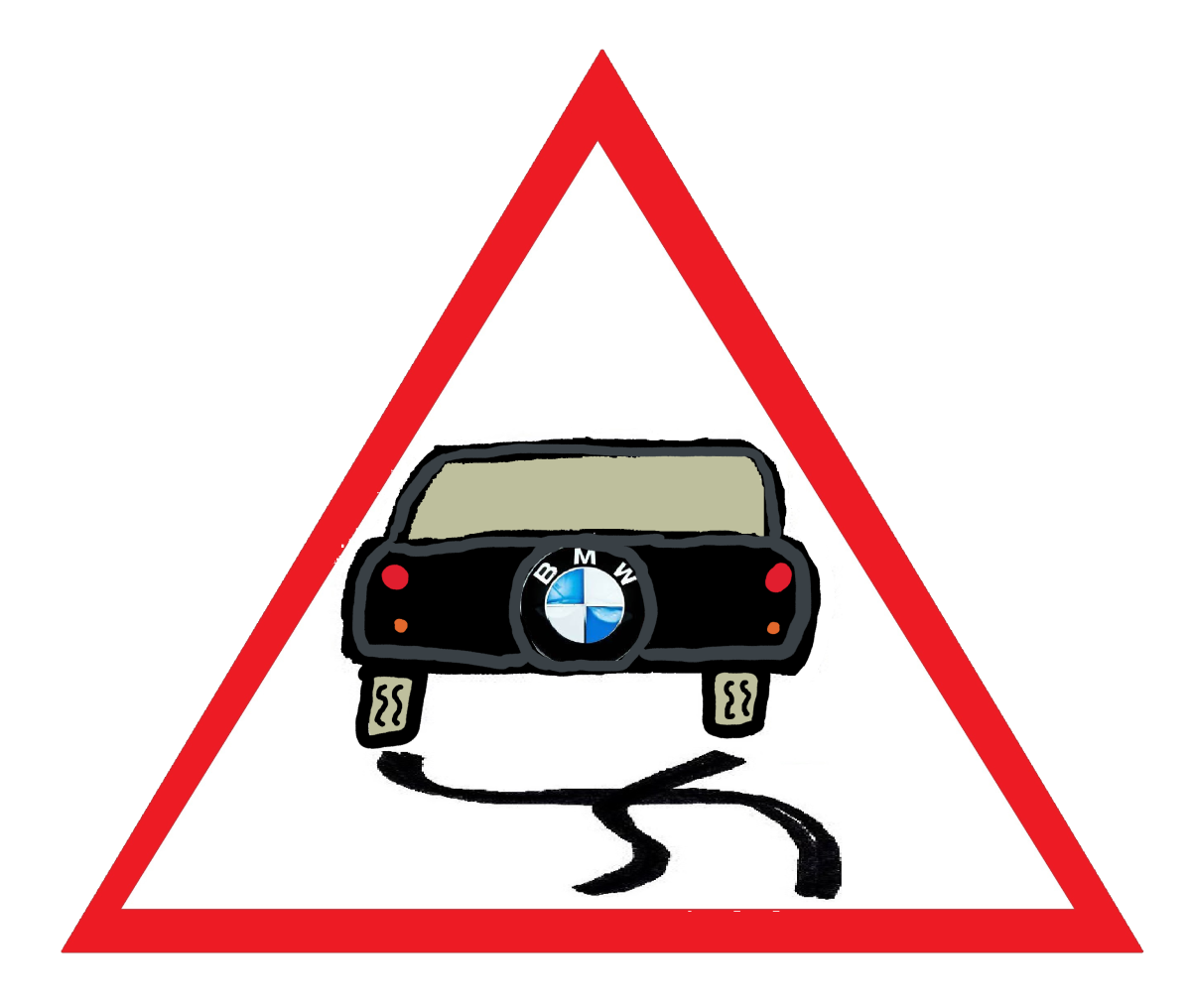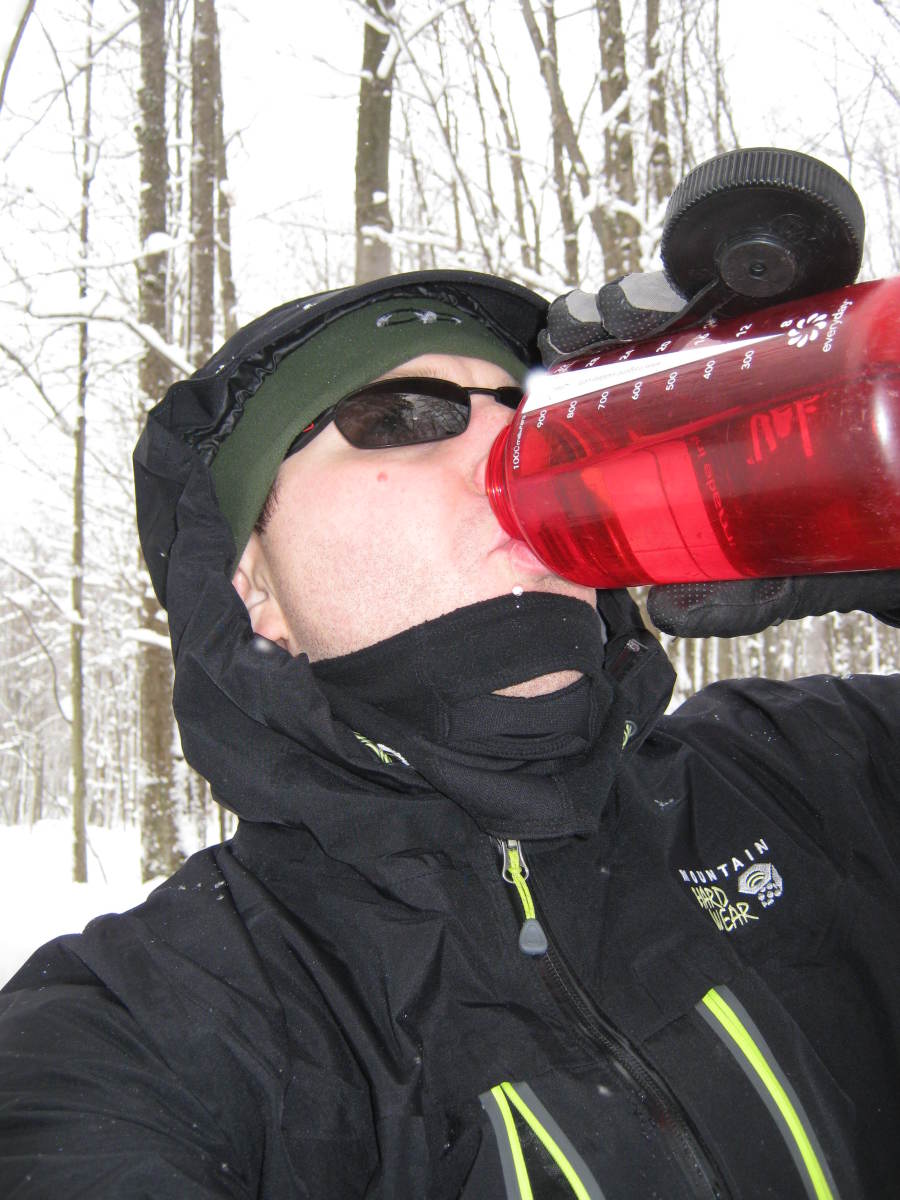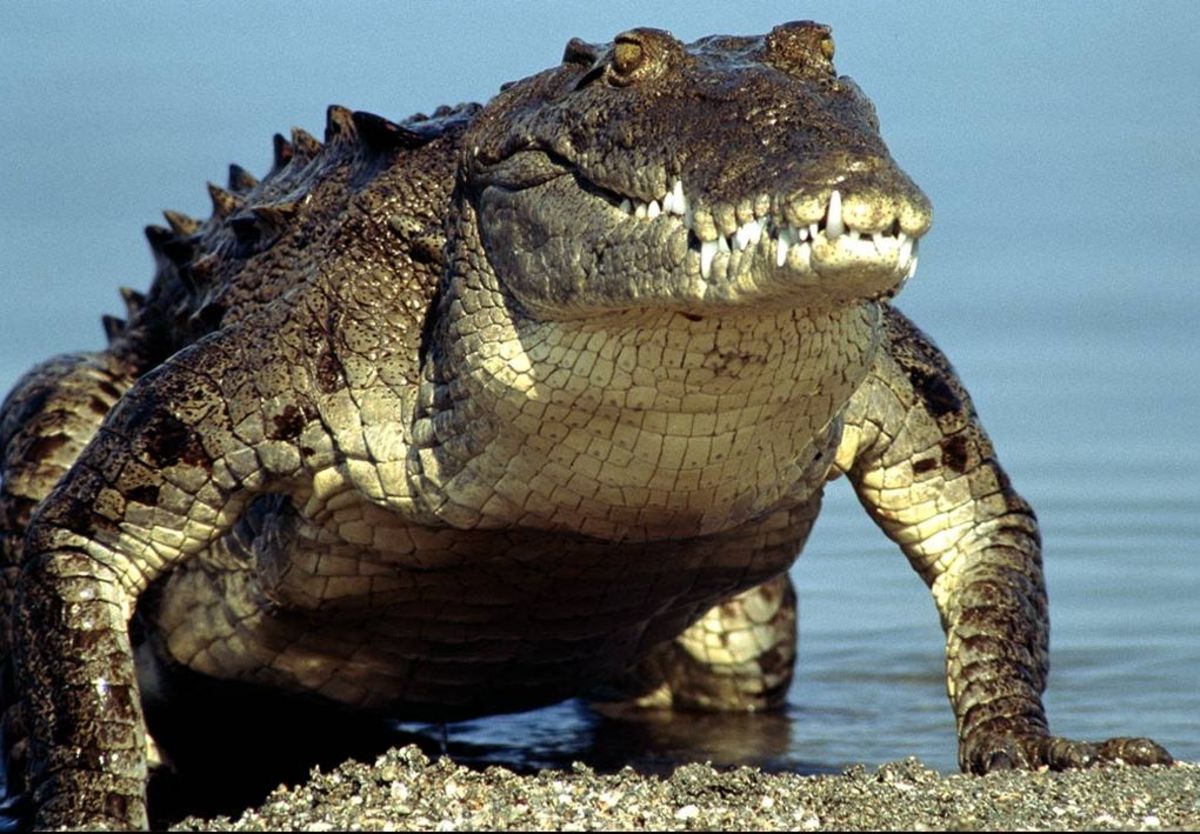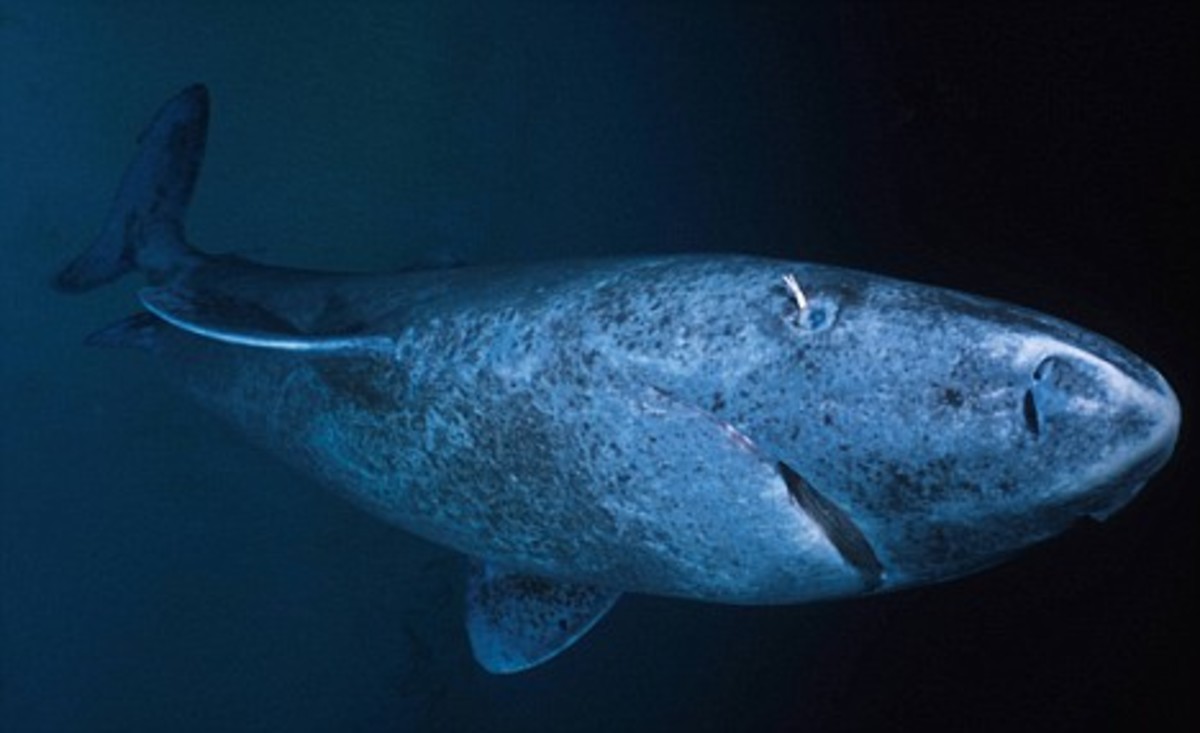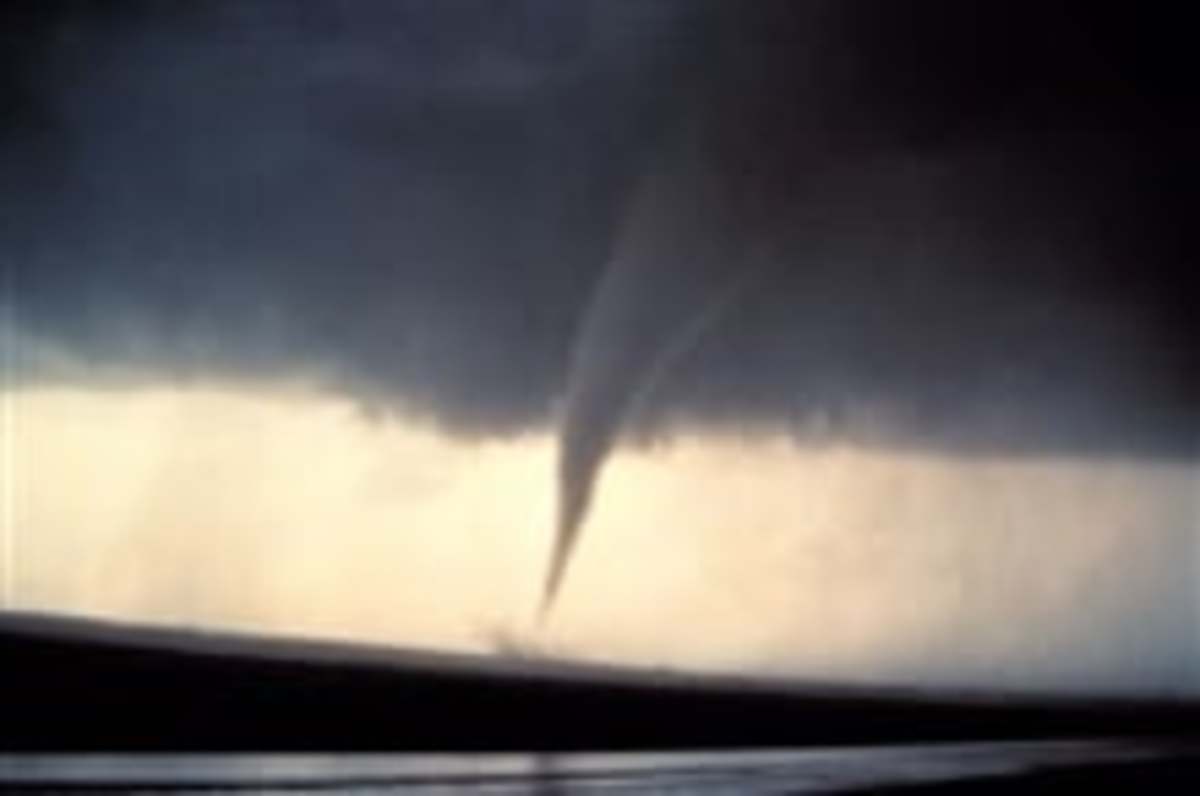Snow Rollers to Frost Quakes - 7 Awesome Winter Phenomenons You Have Never Heard Of!
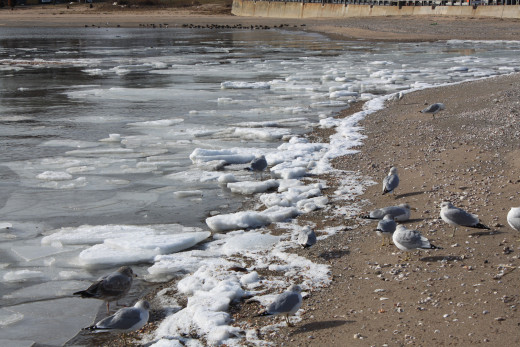
It arrives as the days grow shorter and the night's longer. As the golden hues of fall fade to brown, the world begins to transform into a landscape of white, a winter wonderland! Although cold, winter can be a breath taking season of beauty and fun.
The season is marked with cold temperatures, which brings with it a plethora of frozen precipitation from freezing rain and sleet to the most recognizable snow! We are all familiar with certain winter phenomenons, like the various degrees of snow storms, from flurries to blizzards, or how our lakes will freeze if it gets cold enough. These phenomenons occur for many every year but have you ever heard of snow rollers, frost quakes or ice tsunamis??
Check out the 7 Awesome Winter Phenomenons You Have Never Heard Of below!
1. SNOW ROLLERS
How do you build a snowman?...Well, you start with a chunk of snow and roll it across the yard, accumulating snow as you go, building a giant snowball. This is the same thing that happens with Snow Rollers, however there are no happy kids dressed in snow boots and knit hats pushing these balls of snow. Snow rollers form as a chunk of snow is rolled across a generally flat landscape by nature's own wind. Sounds like it should happen all the time right? Wrong, for this phenomena to occur, there needs to be a specific set of snow conditions and weather conditions. The top layer of snow needs to be wet, near melting point, and easily detachable from an ice layer below, or drier snow layer below. The wind also needs to be strong enough to roll the snow but not strong enough to blow the snow a part.
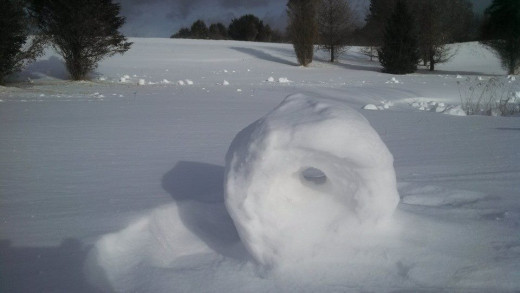
2. PANCAKE ICE
Pancake ice is definitely not breakfast but it is a phenomena that occurs in really cold waters and cold temperatures. As with many of the phenomenas in this list, pancake ice needs rough water (moving water) to form. Moving water is harder to freeze than stagnant water. As the temperature drops, ice crystals form in this moving water. These ice crystals are called Frazil, which is similar to slush. As frazil floats in the below freezing water and below freezing air temperatures just above the surface, the crystals begin to stick together. As the ice begins to accumulate, they form these circular ice pancakes, which can get to 10 feet in diameter and 4 inches thick! Eventually, the pancake ice can accumulate into larger sheets of ice.
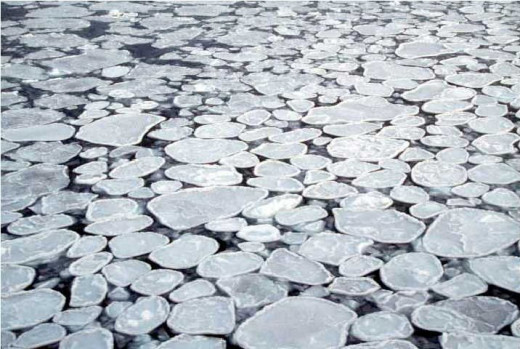
3. ICE BOULDERS
These "ice boulders", at least that's what everyone calls them, are simply chunks of ice molded into round boulders by the continuous rolling of the crashing waves. The photo and video below are of ice boulders along the shores of Lake Michigan in Glen Arbor. This phenomena occurred in January 2014. It's mesmerizing to watch the ice boulders roll around in the surf!
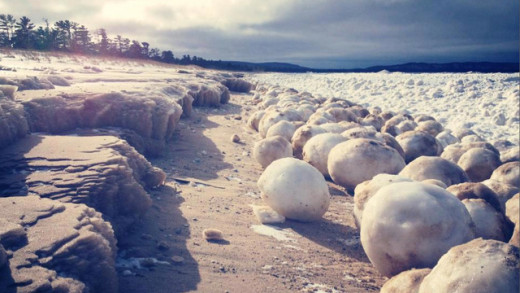
4. HOAR FROST
Hoar frost is a very cool phenomena. It's essentially what happens to dew when it's cold out! As the air cools at night, the temperature reaches a point where the moisture in the air condenses forming water droplets, also known as dew. Hoar frost occurs when everything (grass, tree branches, ect.) has a surface temperatures below freezing and dew forms, freezing on contact. This causes ice crystals to form all along the surface of objects and begin to accumulate. This can only happen if there is enough moisture (dampness) in the air to continue to condense and form ice. The result is a stunning frozen winter wonderland landscape that would take anyone's breath away!
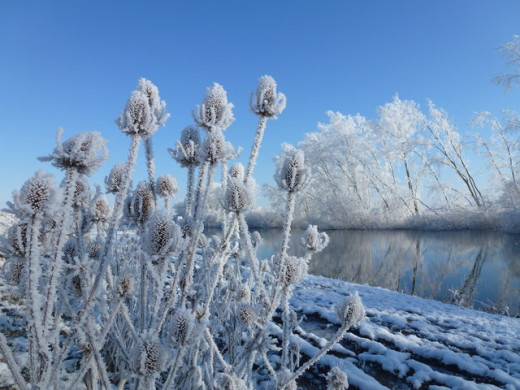
5. ICE DISCS
Ice discs are also known as ice circles or ice pans. These thin ice sheets are similar to pancake ice, except they form in slow moving water, possibly where eddy currents form. They have been in seen in rivers and streams in North America, as well as Scandinavia. They can be tiny discs in a small stream or as large as 49 feet in diameter!
So how does the ice become circular? As the water currents break the ice up and spin the ice around, it hits up against other ice until it forms the disc.
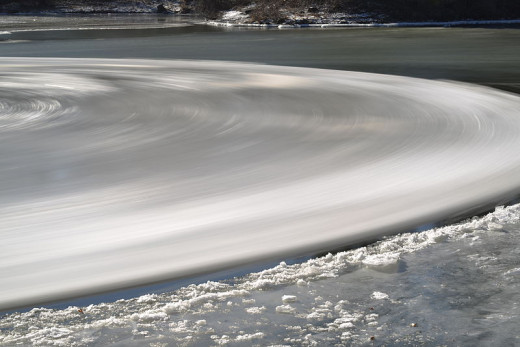
6. FROST QUAKES
Yup! There's a thing called Frost Quakes out there! It's also known as Cryoseism and occurs when the ground suddenly cracks due to water freezing. These quakes are not tectonic but have been known to give a little tremor and definitely make some noise.
When water freezes, it expands. So when water seeps into the ground and expands, it forces the ground to crack. Everyone sees this on a small scale every winter when pot holes form in the road! This is essentially what happens when a frost quake suddenly occurs. Obviously, this event takes place in areas where the ground freezes, mostly northern latitudes. The map below illustrates the states in America that have reported frost quakes. As you can see, it is confined to the New England states and the mid-west; however there are reports as far south as Missouri!
Just recently, on November 29, 2014, a frost quake was reported in Niagara County New York. Geologist believe the 1.5 magnitude quake can be connected to a series of loud noises in the same area.
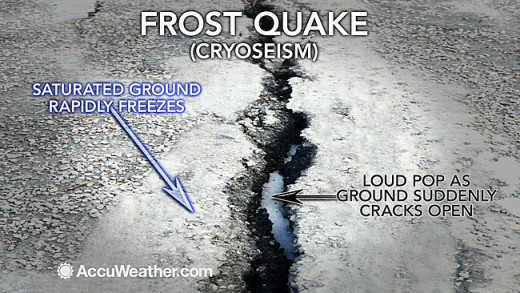
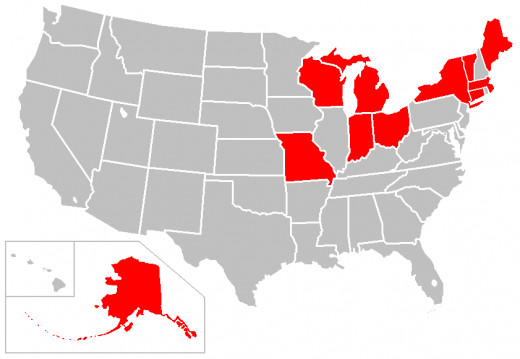
7. ICE TSUNAMIS (AKA: ICE SHOVE)
Ice tsunamis is just one name for this incredible event. It is also known as an Ice Shove and you may remember the viral video below of an ice shove moving on shore at Mille Lacs Lake in Minnesota. The amazing video shows the ice creeping from the lake to land, engulfing the grass like a slow moving tsunamis, ice crystals appearing to form out of nowhere in front of the mini glacier. In fact, an ice shove is simply, yet usually destructively, just ice moving on shore from a lake or ocean. This ice is pushed on shore by wind, water currents or temperature differences. The ice shove can pile ice up to heights of 40 feet! These frozen tsunamis can cause tremendous damage to property and buildings.
Have you experienced any of these winter phenomenon? If so, share in the comments below!

